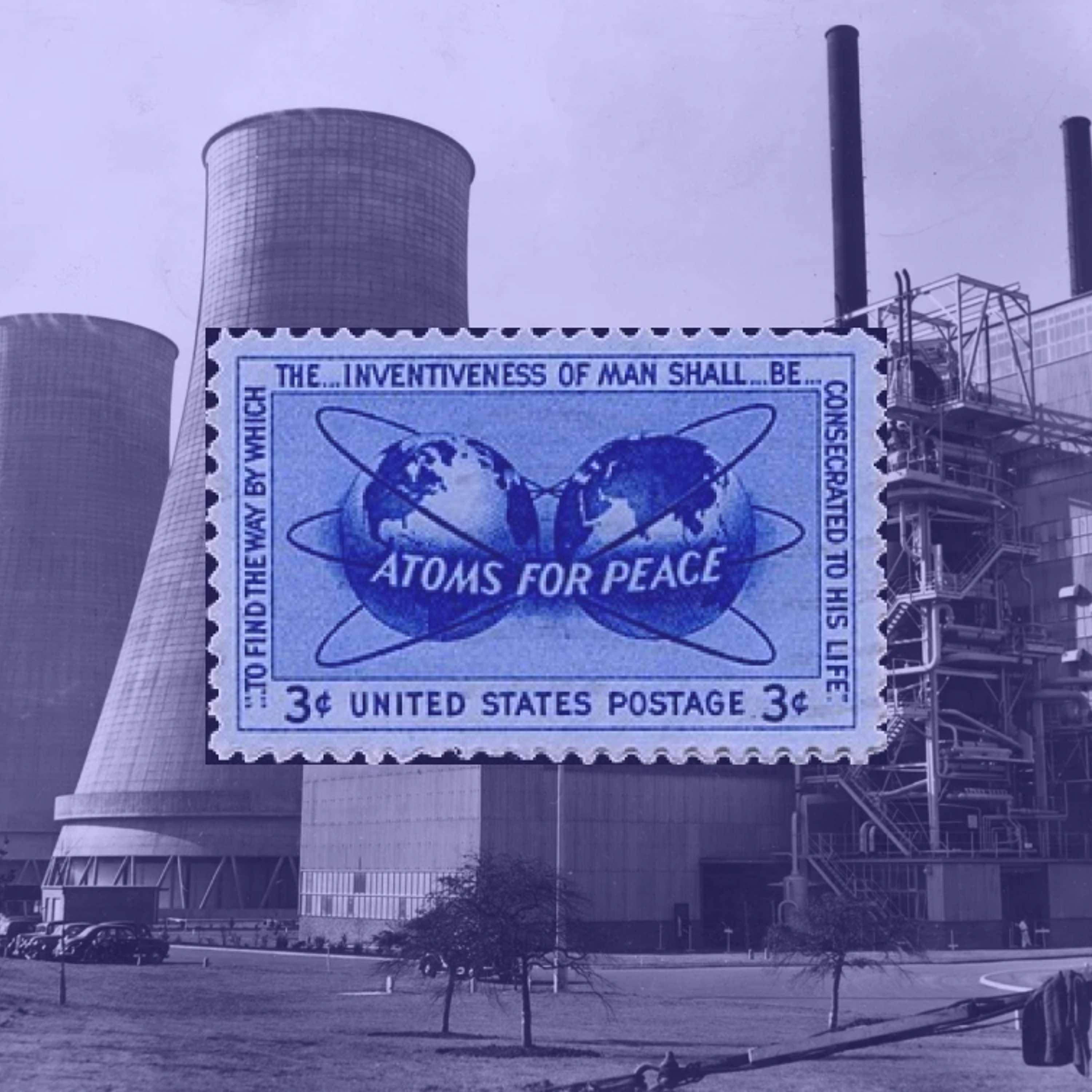
#518 | Atoms For Peace | The Early Years of Nuclear Power

English Learning for Curious Minds
Deep Dive
What was the significance of President Eisenhower's 'Atoms for Peace' speech in 1953?
Eisenhower's 'Atoms for Peace' speech marked a turning point by highlighting the potential of nuclear energy for peaceful purposes, such as generating electricity and powering cities. It emphasized collaboration and knowledge sharing, leading to the Atomic Energy Act of 1954, which allowed the US to share nuclear technology with private companies and allies globally.
How did the 1973 oil crisis impact the global interest in nuclear energy?
The 1973 oil crisis, triggered by OPEC's embargo on countries supporting Israel, caused oil prices to quadruple, exposing Western nations' vulnerability to oil dependency. This crisis spurred a surge in interest in nuclear energy as a stable, independent, and seemingly limitless alternative to oil, leading to increased investments in nuclear infrastructure worldwide.
What was France's Messmer Plan, and how did it shape the country's energy landscape?
France's Messmer Plan, launched after the 1973 oil crisis, aimed to achieve energy independence by building 80 nuclear plants by 1985 and 170 by 2000. This ambitious program transformed France into Europe's largest energy exporter, with nuclear power accounting for around 70% of its energy production, ensuring energy security and reducing reliance on foreign oil.
What were the key concerns raised by anti-nuclear protests in West Germany?
Anti-nuclear protests in West Germany focused on safety risks, such as radiation leaks and accidents, as well as the environmental impact of nuclear waste. These concerns grew into a major movement, leading to the formation of the German Green Party, which became one of Europe's most influential environmental groups.
How did the Three Mile Island incident affect public perception of nuclear energy?
The 1979 Three Mile Island incident, involving a partial meltdown at a Pennsylvania nuclear plant, heightened public fears about nuclear safety. Although no significant radiation was released, the event captured global headlines and eroded confidence in nuclear energy, slowing the construction of new plants in Western countries.
What role did the Chernobyl disaster play in shaping global attitudes toward nuclear energy?
The 1986 Chernobyl disaster demonstrated the catastrophic risks of nuclear energy, spreading radiation across Europe and causing severe health, environmental, and social impacts. It became a symbol of nuclear energy's dangers, fundamentally shifting public opinion and casting a long shadow over the nuclear industry.
Shownotes Transcript
** **
In part one of our mini-series on nuclear energy, we'll explore the origins of nuclear power as it emerged alongside nuclear weapons.
Learn how President Eisenhower envisioned "Atoms for Peace" and how political events like the 1973 oil crisis propelled nuclear energy into the spotlight.
Development of nuclear power and weapons together
Eisenhower's "Atoms for Peace" speech
How nuclear energy is created
Global cooperation in nuclear technology
1973 oil crisis and nuclear energy rise
France's Messmer Plan for nuclear independence
Protests against nuclear energy in West Germany
Three Mile Island incident raises nuclear safety concerns
Nuclear reactors' efficiency improvements in the 1980s
Preview of next episode: Chernobyl Disaster
Full interactive transcript, subtitles and key vocabulary available on the website: https://www.leonardoenglish.com/podcasts/early-nuclear)
You might like:
🔓 Unlock bonus episodes, interactive transcripts, subtitles & vocabulary lists)****
📹 A look inside Leonardo English membership)****
🧑💼 Demystifying Business English Course)****
**⚡️ How To Use Podcasts Like A Boss To Learn English) **
📧 Join the weekly newsletter)****
✍️ Free English Grammar Checker)****---
Keywords: Learn English, vocabulary, lessons, idioms, aprende inglés, idiomas, aprender inglês, apprendre l'anglais, imparare l’inglese, ingilizce öğren,英語を習う, تعلم الإنجليزية